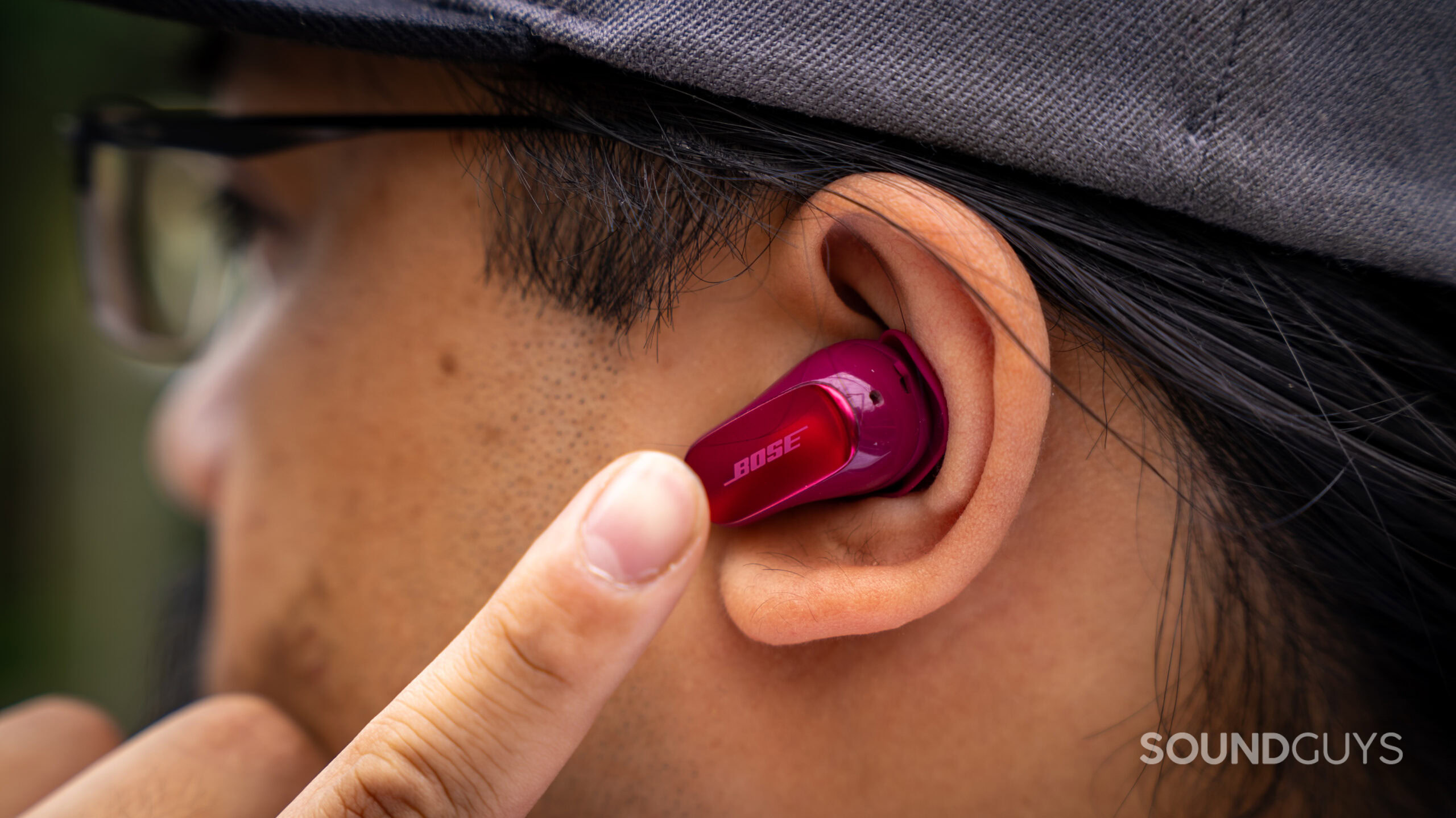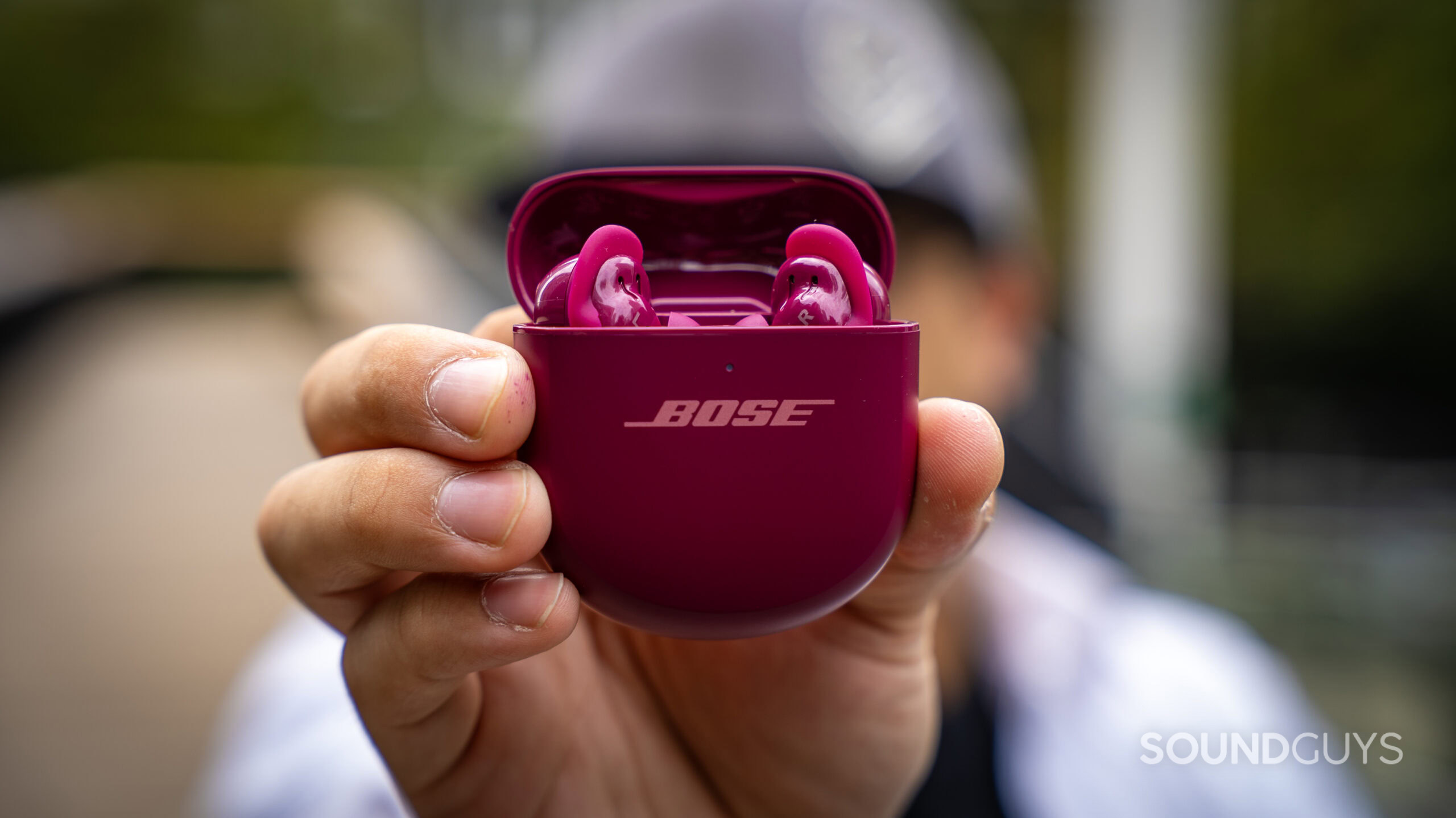All products featured are independently chosen by us. However, SoundGuys may receive a commission on orders placed through its retail links. See our ethics statement.
Bose's best ANC earbuds are finally coming to the US
August 13, 2025
The wait is finally over. Bose has announced that US pre-orders for the QuietComfort Ultra Earbuds (2nd Gen) will open on August 28 with general availability scheduled for September 10. This brings an end to the unusual situation where Americans were the last to access a product from the Massachusetts-based company.
Since launching internationally in June, these $299 earbuds have been available in Canada, the UK, Germany, France, China, Japan, Australia, and New Zealand—everywhere except the United States. After a slight delay, US consumers will finally have official access to one of the best noise-canceling earbuds currently available.
What makes these earbuds worth the wait

Our testing confirmed that the QC Ultra Earbuds (2nd Gen) deliver exceptional active noise cancelation, reducing external noise by an average of 85%. While slightly behind the Sony WF-1000XM5’s 87%, the Bose earbuds offer superior comfort for extended wear—crucial for frequent travelers.
Despite meaningful upgrades including improved ANC algorithms, wireless charging, and enhanced microphone arrays, Bose maintained the $299 price point. This represents significant value given the challenging trade environment affecting audio industry pricing.
Why the US had to wait
The staggered release reflects broader industry challenges as audio companies navigate complex trade realities affecting component sourcing and market entry strategies. Bose’s ability to maintain the $299 price point suggests the company absorbed potential tariff-related expenses rather than passing them to consumers.
What this means moving forward

The QC Ultra Earbuds (2nd Gen) US launch resolves an unprecedented situation where an American company launched its flagship product internationally first. With pre-orders beginning August 28 and general availability on September 10, Americans who’ve been waiting can finally access these earbuds without additional shipping costs and customs fees.
Our poll below shows that 42% of readers were willing to wait for official US availability, a patience that’s now being rewarded. Only 12% considered importing despite the extra costs, while 27% looked at alternative brands and 20% went with the original QC Ultra Earbuds instead.
What would you do about the Bose QC Ultra Earbuds (2nd Gen)?
The September 10 availability timing is ideal, coinciding with back-to-school and fall travel seasons, all prime use cases for premium noise canceling earbuds.
With US availability finally confirmed, American consumers can look forward to experiencing what international markets have enjoyed since June—exceptional noise cancelation, premium comfort, and the reliability that has made Bose a leader in the audio space.

Thank you for being part of our community. Read our Comment Policy before posting.